In my continuing quest to learn Spanish, I’ve developed a technique I use when we go out to eat. If I suspect that our server may speak Spanish, I’ll ask “¿Habla español?” If he or she says “Sí,” I say, “Estoy aprendiendo. ¿Me puede ayudar?” (“I’m learning. Would you help me?”)
Invariably, the answer is “¡Claro! (Of course!)” and then we not only have a conversation in Spanish, but we all have more fun, too. Life is sweeter when you can live it in a second language.
But these conversations are short. It’s harder to arrange longer conversations, yet nothing is more important for full language learning than real conversations.
Because it took me almost eight years to become marginally conversational, I now understand how immigrants can live in the United States for decades and still not be comfortable speaking English. Like me, they are living their lives in their first language — at work, at home, at church, in the neighborhood. Although they live in a sea of English here in America, they just don’t get many chances to practice speaking English.
In Florida, where I normally live, I was tutoring a young man from Mexico as part of a program that the Literacy Coalition of Palm Beach County organizes. I asked him why he wanted to learn English. He said, “To get a job indoors.”
He went on to explain that in his job as a landscaper, he worked with fellow Mexicans and they spoke Spanish all day. He wanted a job indoors where he could practice his English, while still getting paid. (Eventually, he did get such a job, working at a carpet store.)
While living in Palo Alto a couple years ago, I volunteered in a program called Building Skills Partnership, in which tech companies in Silicon Valley support the teaching of English to their janitors. On Monday afternoons I would go to Facebook headquarters, where I was badged and escorted to a conference room where a dozen janitors, women and men, were waiting. While the ESL (English as a Second Language) teacher ran the session, I worked one-on-one with students who needed extra help.
I would sit next to them as they struggled to pronounce “wastebasket” and “school” (without saying “eschool” because of a lifetime of saying “escuela”). I would see their hands grasp pens awkwardly, and remind them to start the sentence with a capital letter and end it with a period. They worked hard for an hour and a half. They were paid for the first half hour; the next hour was on them.
Like all of us, these folks juggled lives busy with families and work. Plus, many of them had their schooling cut short. In Mexico or El Salvador or Peru, they might have left school after completing only the third grade and thus often had trouble writing in Spanish, let alone in English.
When asked on bilingual surveys why they wanted to learn English, their first answer was always the same: “To help my child in school. (Ayudarle a mi hijo en la escuela.)”
The immigrants in the Building Skills Partnership program are the lucky ones.
For millions of Latino immigrants, the best English speakers they have contact with are often their own children, and learning from your children has, of course, its own issues.
When immigrants do get the chance to have English conversations with adults, the conversations can be stressful because they are with bosses, doctors, or their children’s teachers. It’s rare that they have the opportunity to just sit and converse in English with other adults where nothing is at stake, and where all they have to do is engage in that sweet struggle that language learning is.
The janitors I worked with at Facebook appreciated the opportunity. I saw it in their faces when I praised their work. I heard it in their voices at the end of class when they said, “Thank you, teacher.”
As class was wrapping up, I would tell them I’m studying Spanish and it’s a struggle for me. This pleases them. I know they could help me, but that’s not why I am there. Instead, I attended, with my wife, a weekly Spanish class in Continuing Education at Stanford, with one teacher and some 20 students. I also went to a Meetup at a local Peet’s Coffee of gringos who want to speak Spanish. But the only time I would have a real conversation with a Spanish-speaking native was once a week when I would hire a tutor.
With all the millions of Latino immigrants and millions of English speakers wanting to learn Spanish, why don’t we have more conversations together? Why can’t we speak Spanish for 30 minutes and then English?
I can envision such language exchanges across the country at public libraries, at churches, at YMCAs and at businesses. I know there are millions of native-English speakers like me who would like to practice their Spanish and would welcome this kind of exchange. But I also realize some reasons why such conversations don’t happen.
Spanish-speaking immigrants and native English speakers don’t often hang out together. There are social-distance issues, and cultural differences. We often live close to one another as the crow flies, but in very different worlds.
Even if we did come together, wouldn’t we need some guidance, at least to start?
I don’t have the answers, but it’s clear that millions of English speakers and Spanish speakers would benefit from speaking with one another. And who knows what other things we might begin to improve in America, once we start talking?

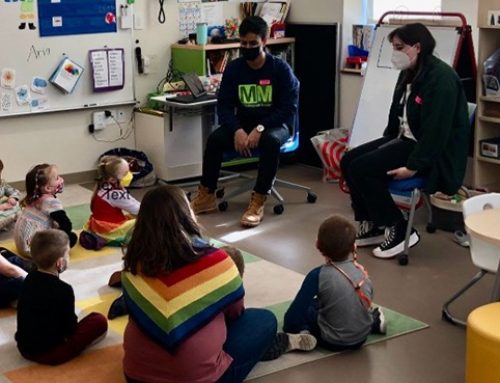

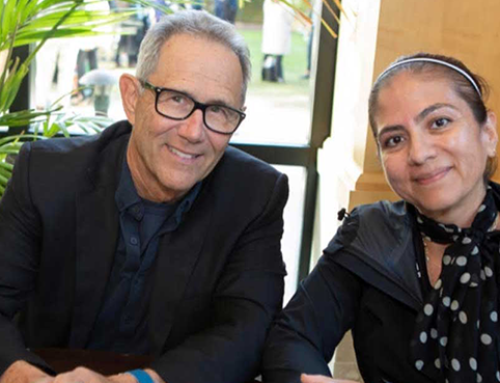

 You can book Steve for many different audiences
You can book Steve for many different audiences
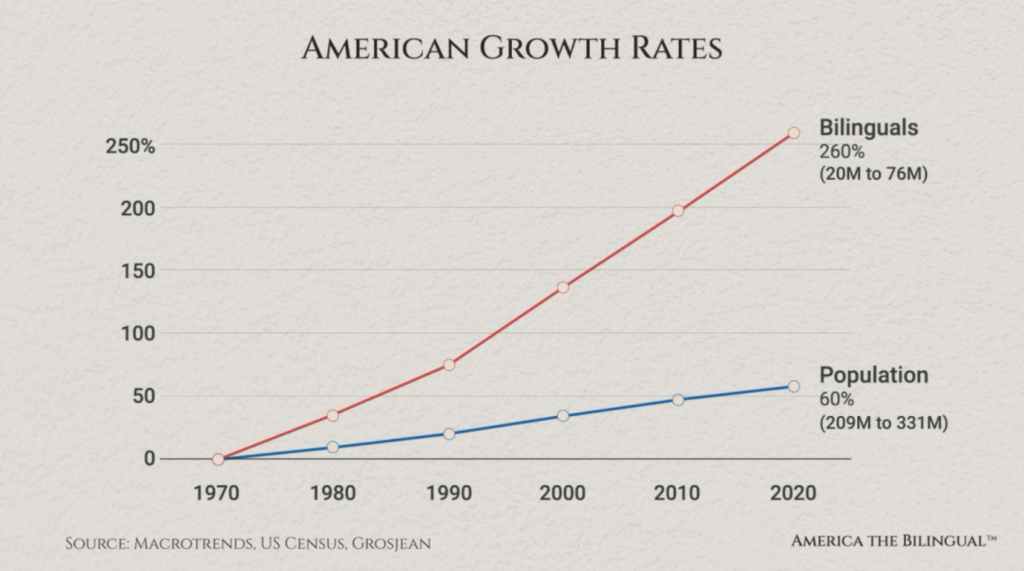
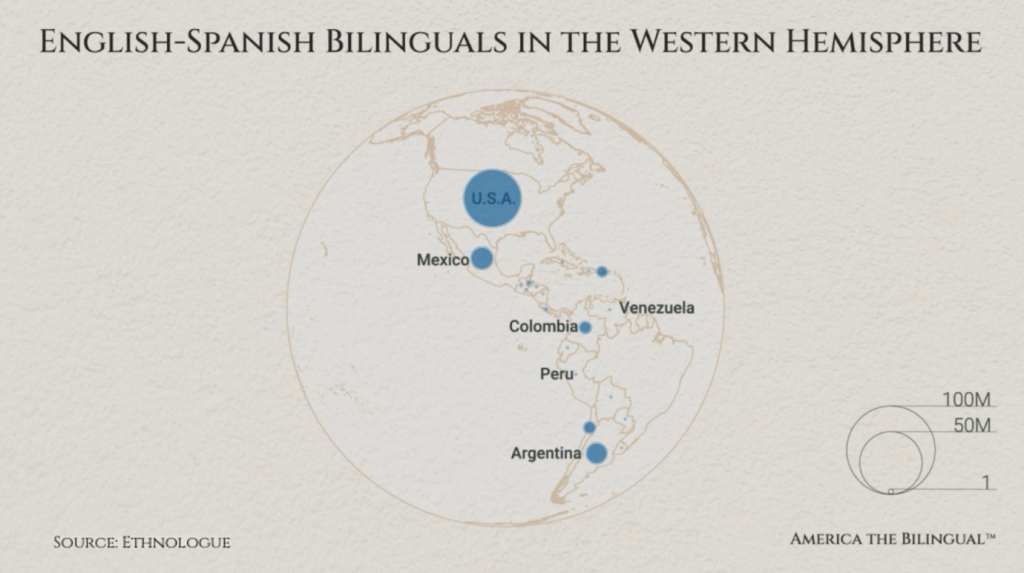





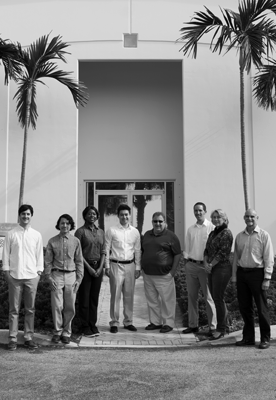
 First, know that she has one of those glorious English accents (or what all of us who are not English would call an accent), which makes her a natural for the audio book narration that she does. Although U.S. born, Caroline grew up in England and studied literature at the University of Warwick (fyi for American ears: that second “w” is silent).
First, know that she has one of those glorious English accents (or what all of us who are not English would call an accent), which makes her a natural for the audio book narration that she does. Although U.S. born, Caroline grew up in England and studied literature at the University of Warwick (fyi for American ears: that second “w” is silent).




Leave A Comment